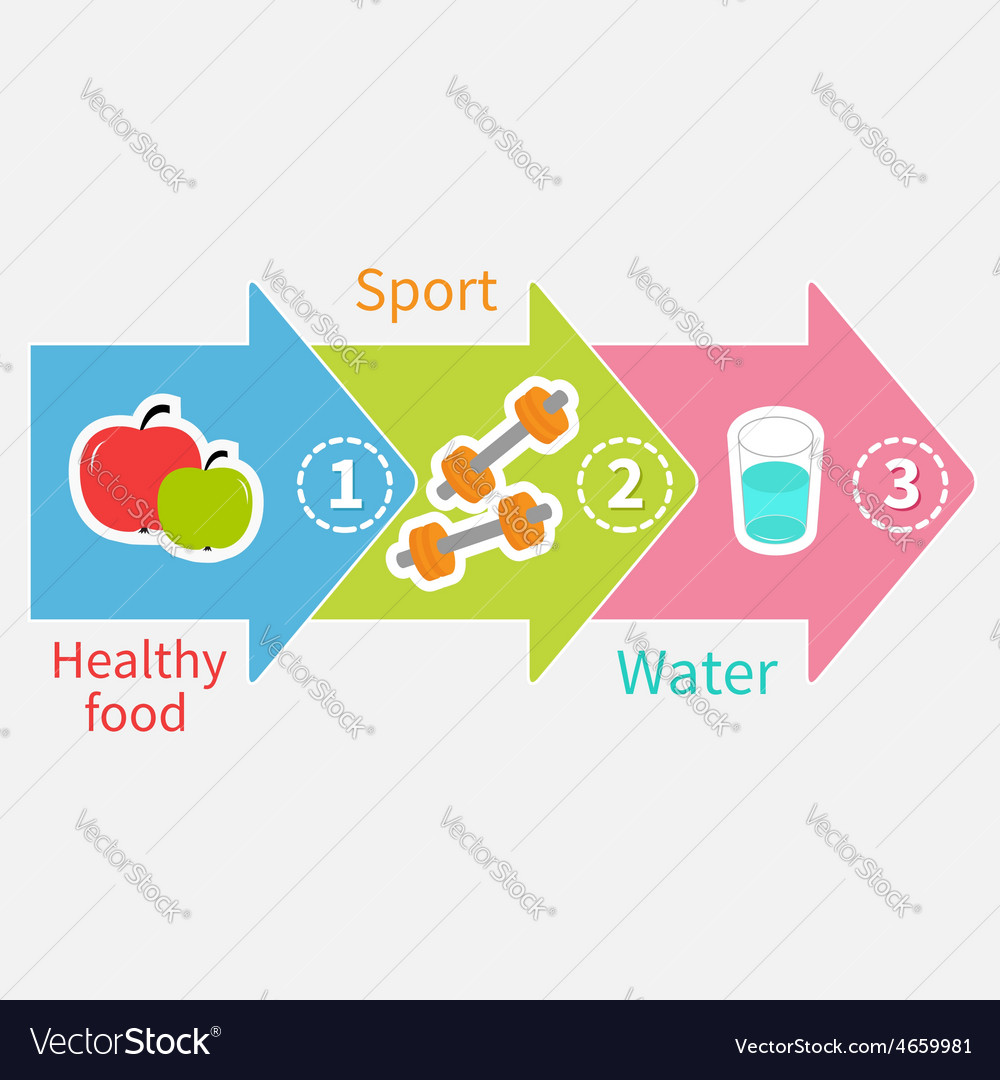Conditions Treated By Cold Laser Therapy For Myofascial Pain
Conditions Treated By Cold Laser Therapy For Myofascial Pain
Blog Article
What to Expect Throughout a Cold Laser Strategy Session
Cold laser therapy is a non-invasive, pain-free treatment that helps reduce inflammation and improves cell regrowth. It is a secure choice to intrusive treatments and often has immediate results.
Laser photons launch a domino effect of chemical reactions within the cell that decrease discomfort, swelling, and increase healing. It enhances blood circulation to the location by generating vasodilation.
What to Anticipate
Cold laser therapy is a non-invasive treatment that utilizes low-level laser light to permeate deep right into damaged cells, triggering cell function on multiple levels to promote cells recovery. This helps in reducing discomfort and swelling, while advertising contraction and regeneration.
During a session, you'll sit or lie down conveniently and the professional will certainly note the locations on your body that demand to be dealt with. The expert after that uses a tiny handheld device with the laser to the area. During the treatment, you may feel a slight tingling or warmth in the area of your injury.
Before beginning treatment, it's important to clean the area of your injury and remove any jewelry or other objects that could get in the way of the laser's path. It's also essential to avoid any combustible products that could be in the location of the laser light beam. This will certainly guarantee your security and the efficiency of the treatment.
Preparation
Cold laser therapy works by beaming light on the surface of your skin. The light is absorbed by the leading layer of your skin and then promotes the cells to create energy that promotes recovery.
Throughout the treatment, you may feel a warm or prickling experience in the location that is being dealt with. This is entirely regular, though you need to allow the professional understand if the sensation is awkward or as well strong.
This treatment has a great deal of promise for assisting clients with terrible mind injury (TBI). The therapy is non-invasive and doesn't have any adverse negative effects. Nevertheless, more research low level laser therapy is needed to establish the optimum treatment protocol. The most effective means to learn if you are a candidate for this type of treatment is to talk to a skilled physical therapist. They will have the ability to assist you determine if cool laser treatment is right for you.
The Treatment
Once the professional has properly placed you for treatment, they will certainly then put the cool laser device on the damaged location. They may keep it on for 30 secs or longer, depending on the dimension of the injury and its level of sensitivity. They will make use of protective safety glasses to make sure that the laser does not directly strike the eyes, and they will make sure that you are shielded from any type of glare that can happen.
You might really feel a slight prickling sensation on the location that is being treated, yet it will not be undesirable or unpleasant. This is an indicator that the laser is working to boost the healing procedure in the affected cells.
Most individuals experience pain alleviation within a few sessions, with some seeing long-term results also after several months of therapies. It is essential to keep in mind that LLLT is not indicated as a sole therapy for any persistent pain problem and it ought to be coupled with other restorative techniques in order to accomplish maximum outcomes.
Post-Treatment
After you relax or sit, the professional will utilize a wand with a collection of light-emitting diodes to target your pain site. You will certainly wear protective eye safety glasses, and the laser may be hung on your skin for 30 to 60 seconds. You might feel a mild, soothing feeling throughout the treatment.
The photons from the laser pass through deep into your tissue, activating a healing feedback on a cellular level. Unlike various other forms of laser treatment, this low-intensity approach does not create warmth.
Some studies have actually shown that chilly laser treatment works in treating a number of problems, consisting of chronic discomfort and wounds. However, it is much less extensively accepted as a common clinical practice, and it isn't covered by lots of medical insurance plans. Additionally, it is not suggested to be utilized over any type of dubious malignant lesions or cancers or on expectant ladies. You must constantly consult with your oncologist before pursuing this kind of therapy.